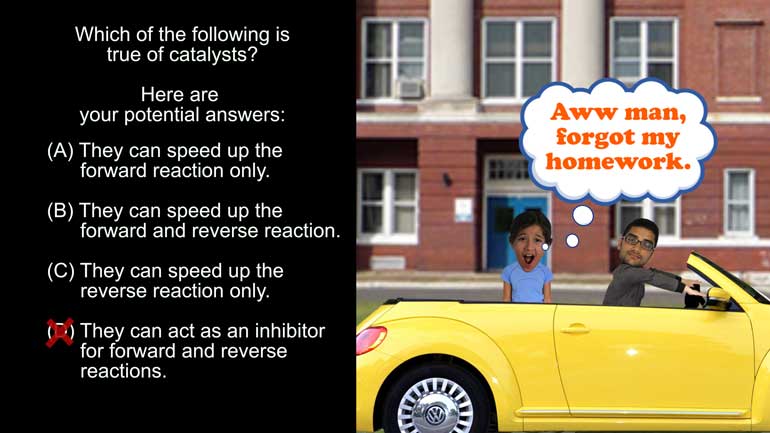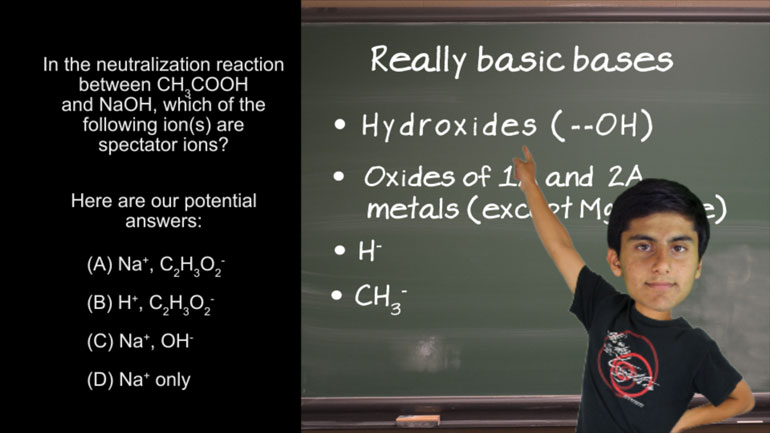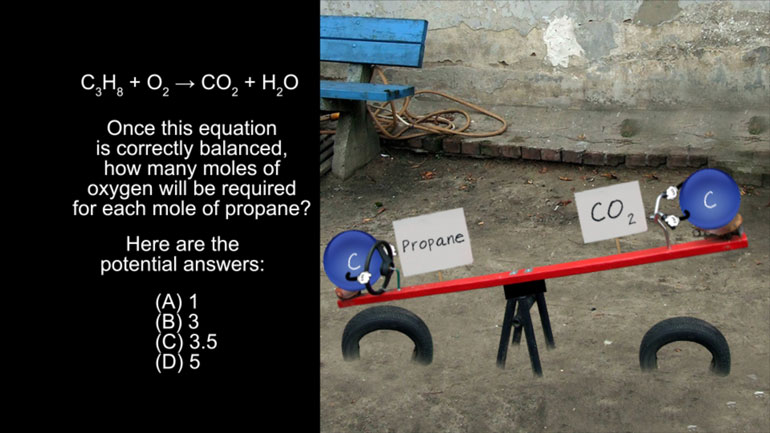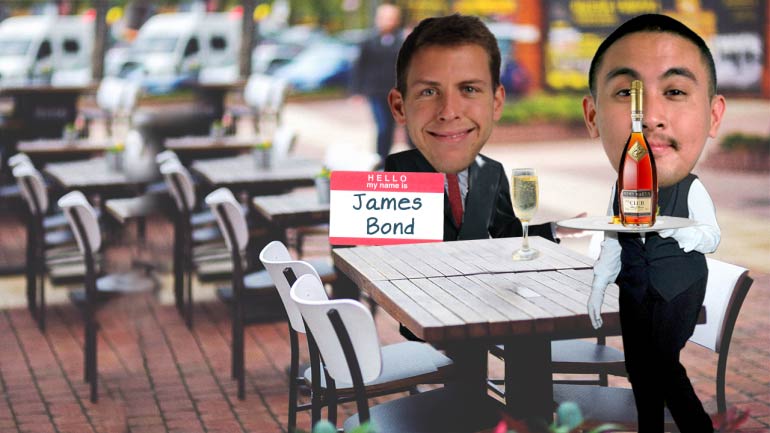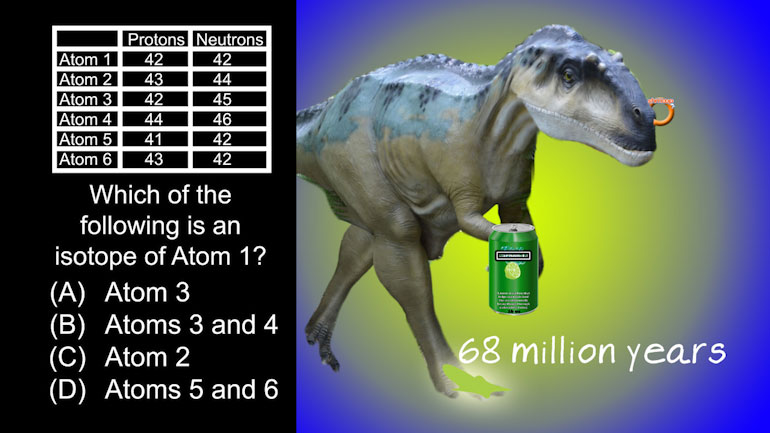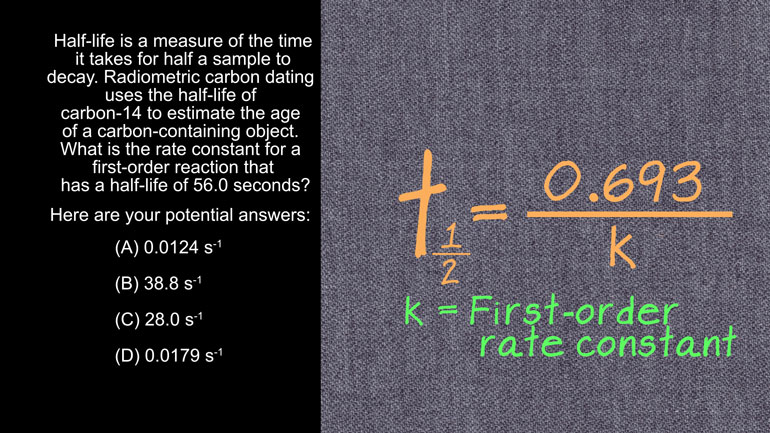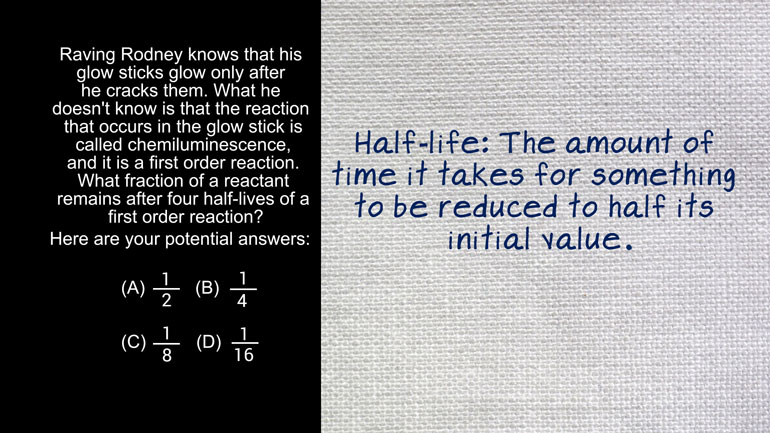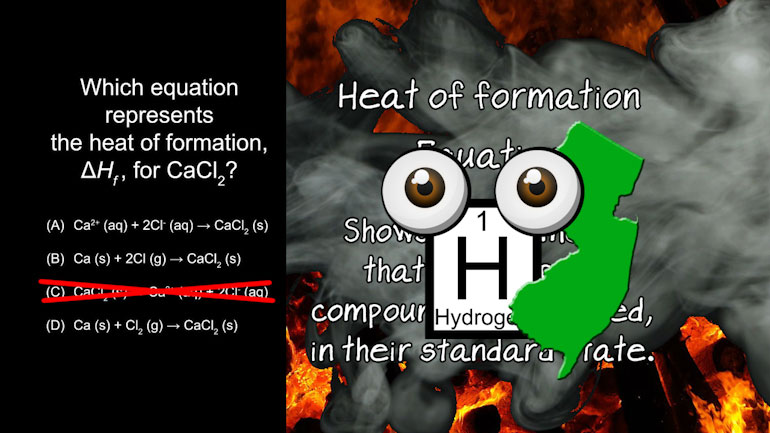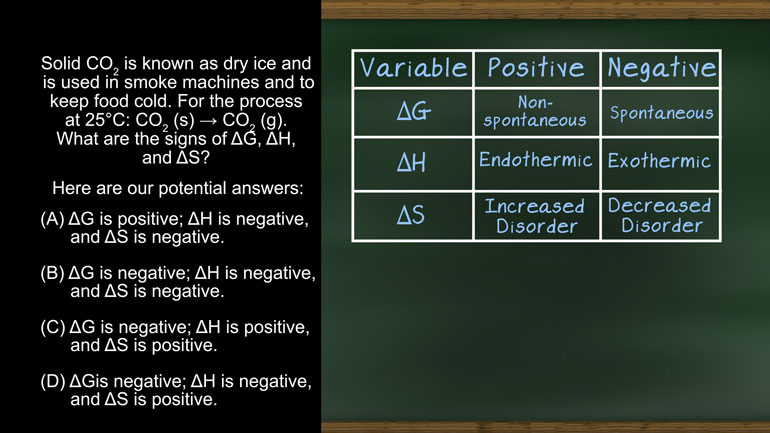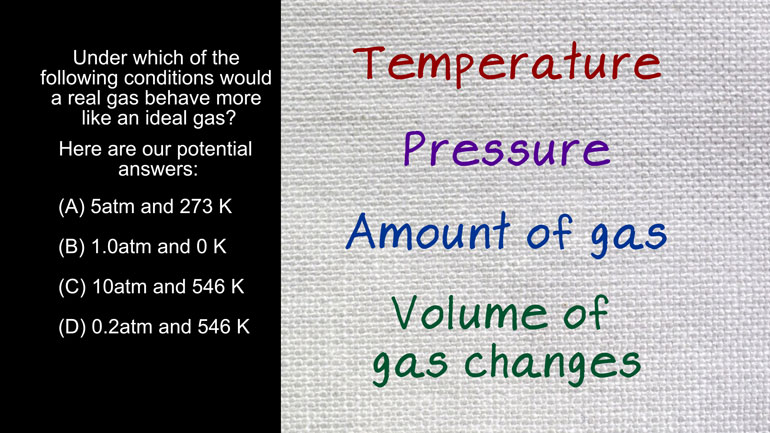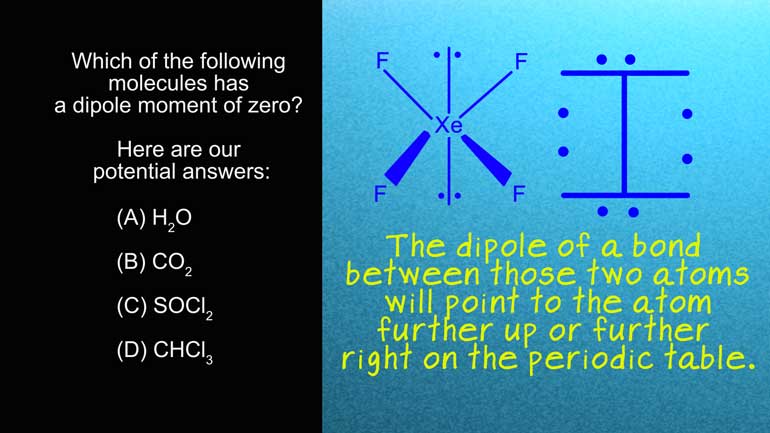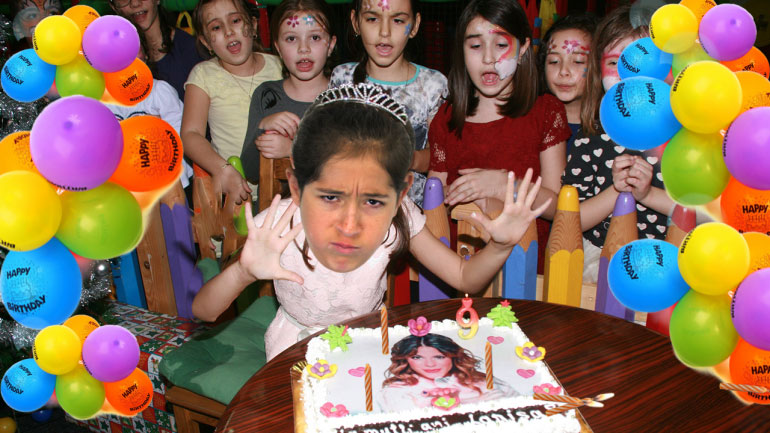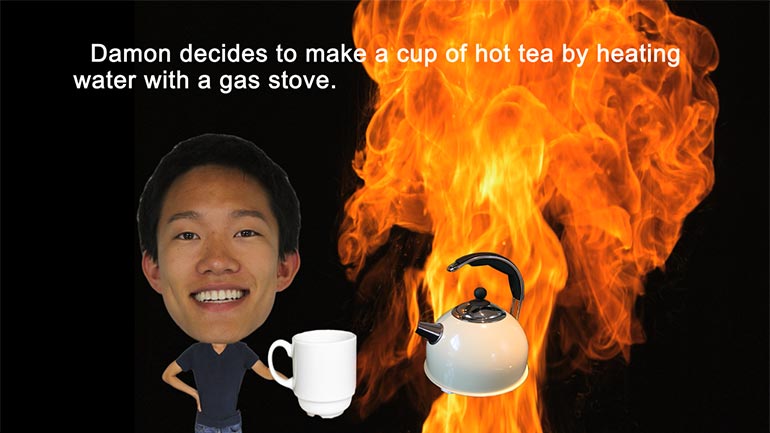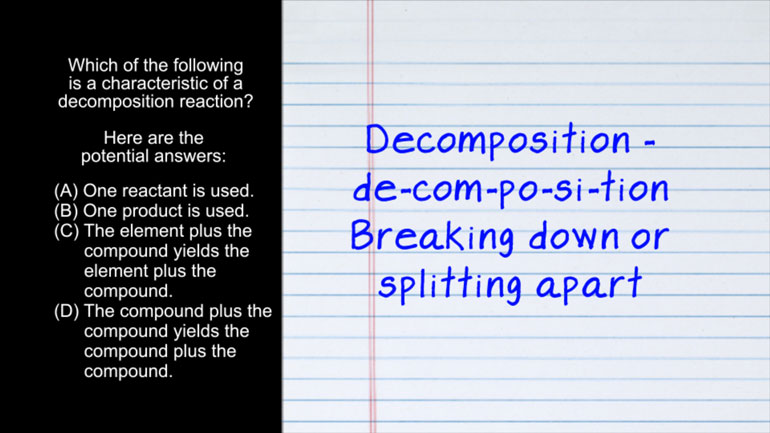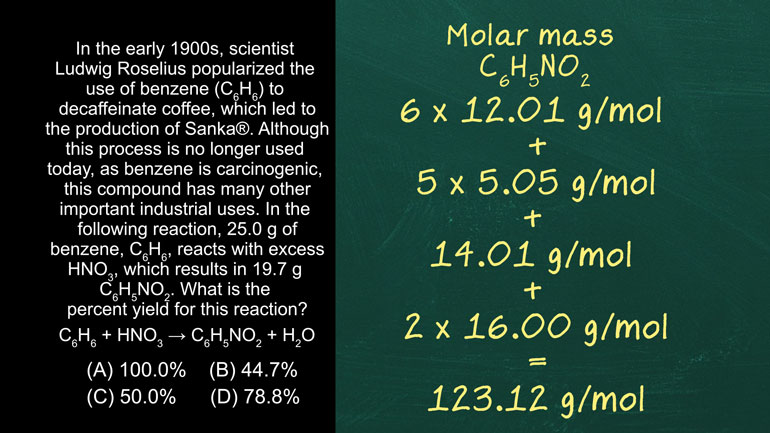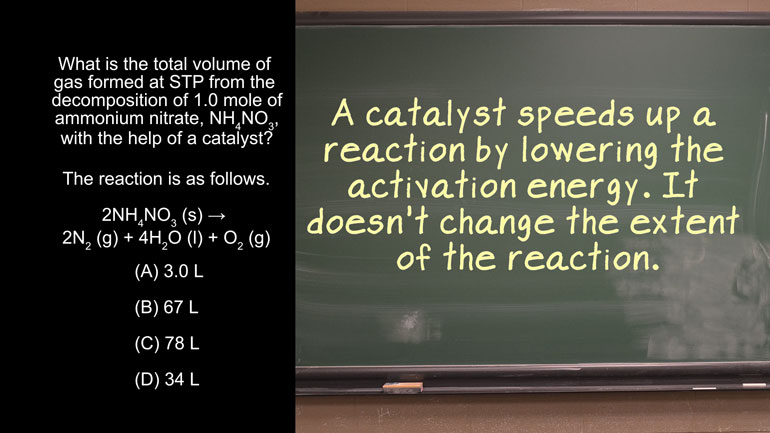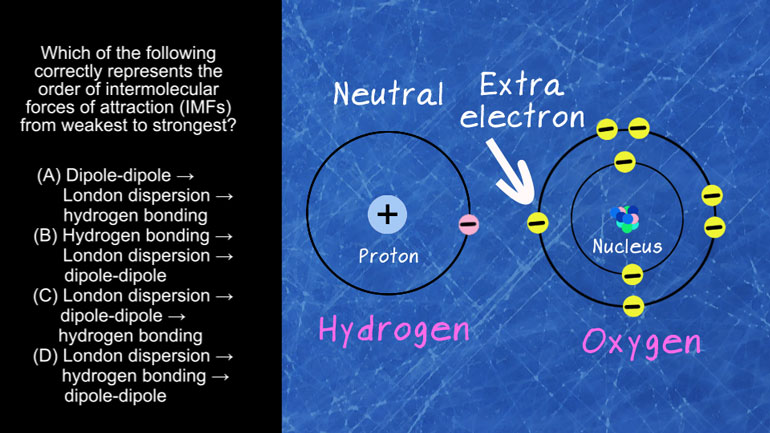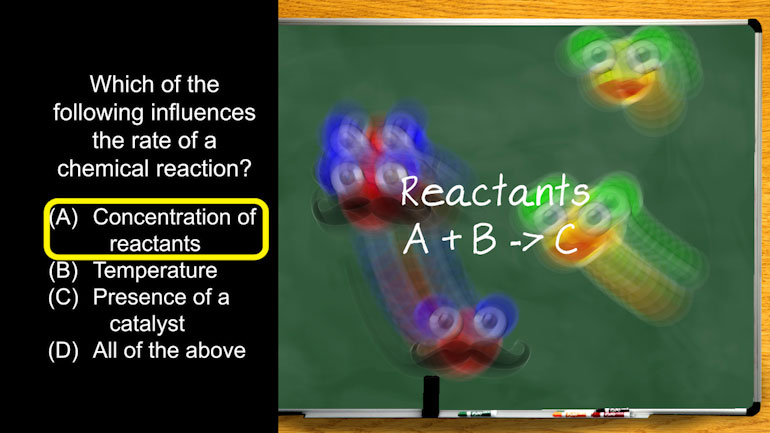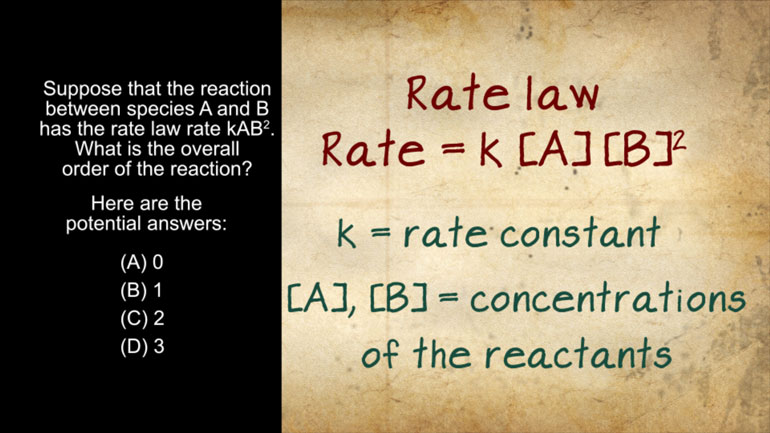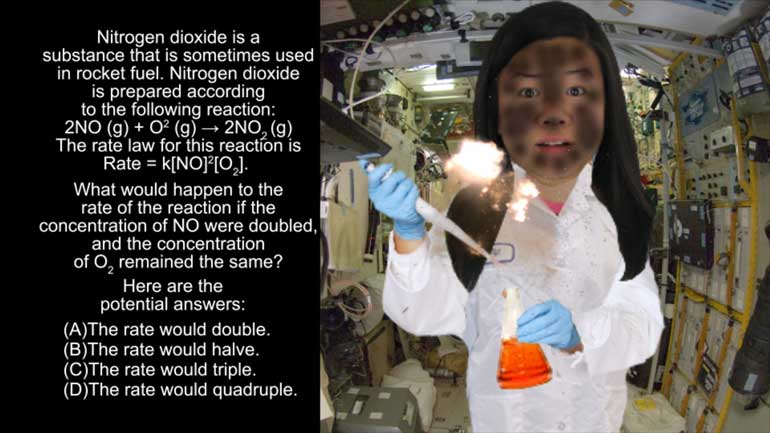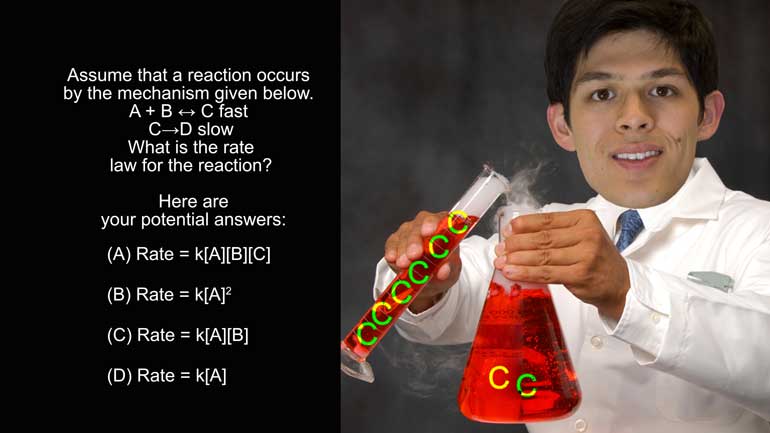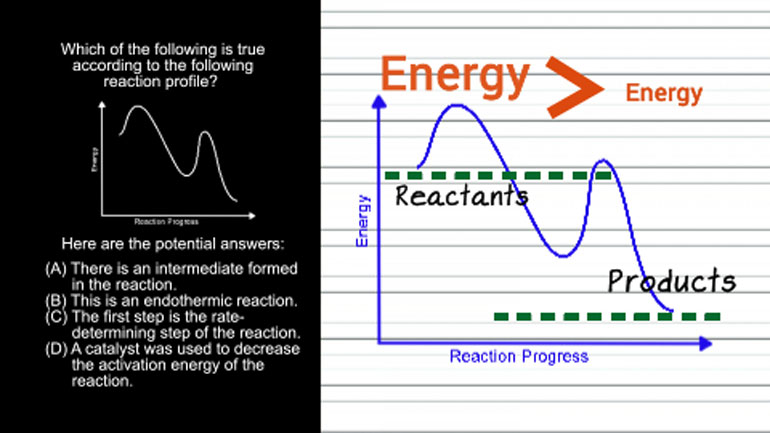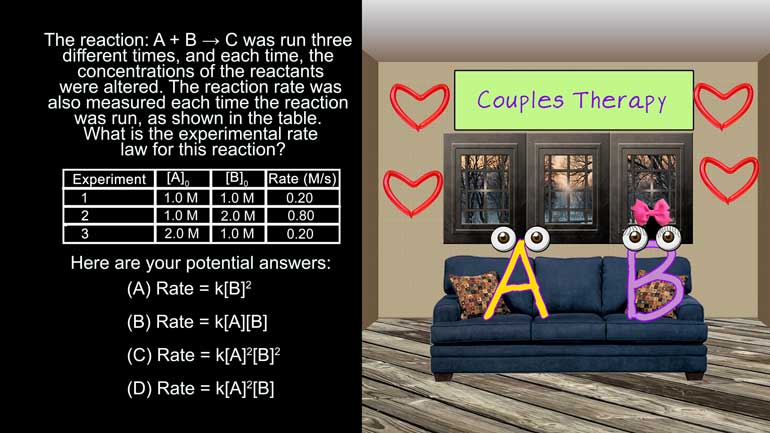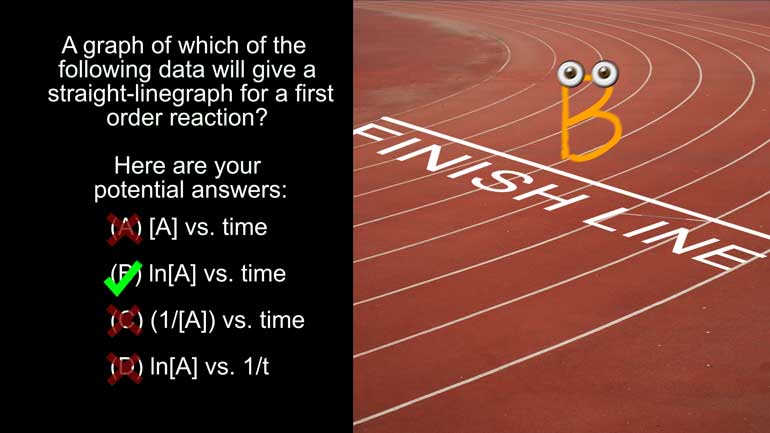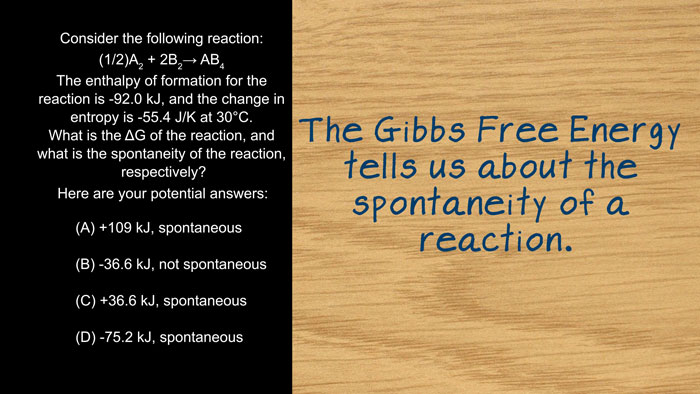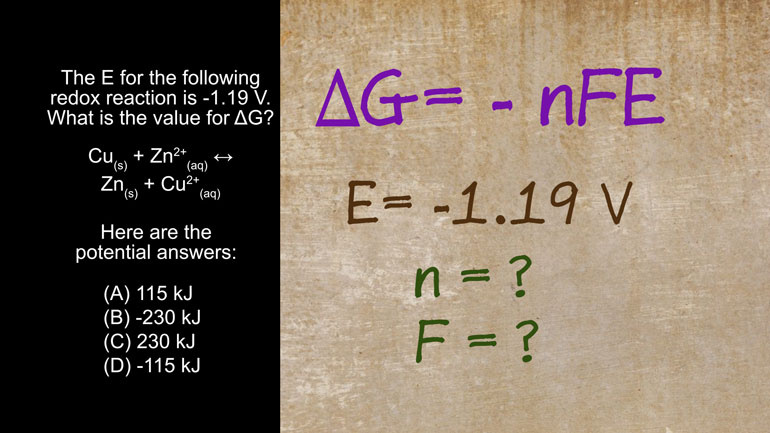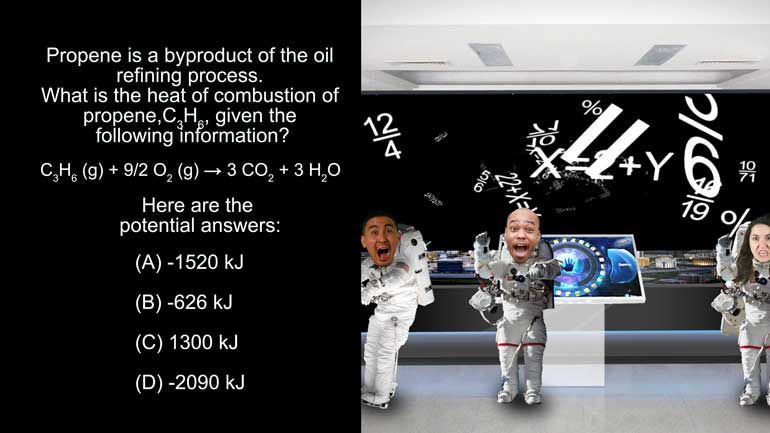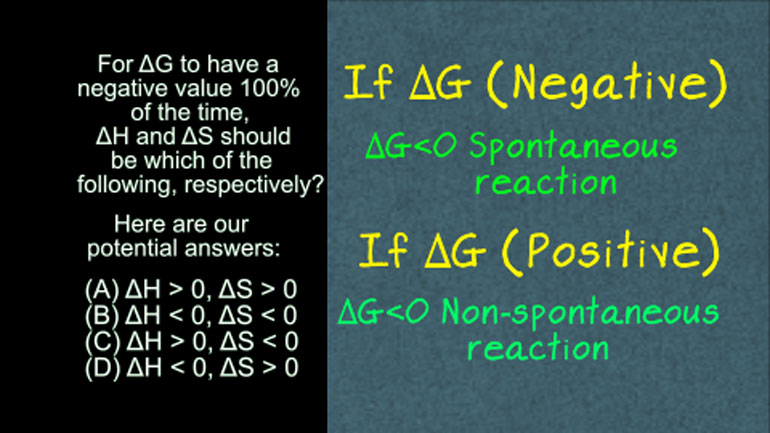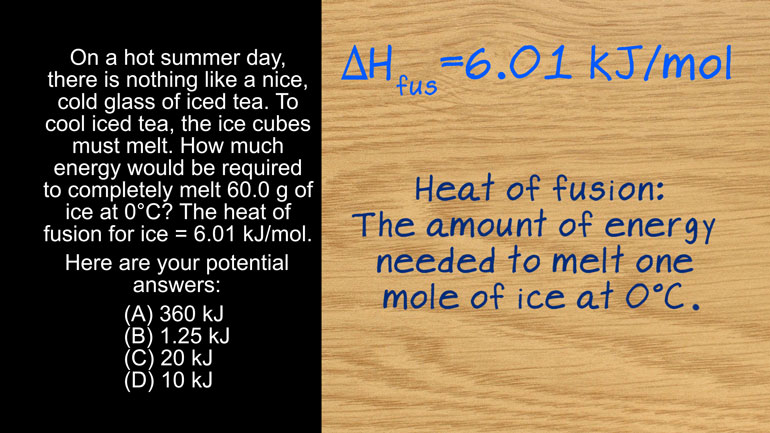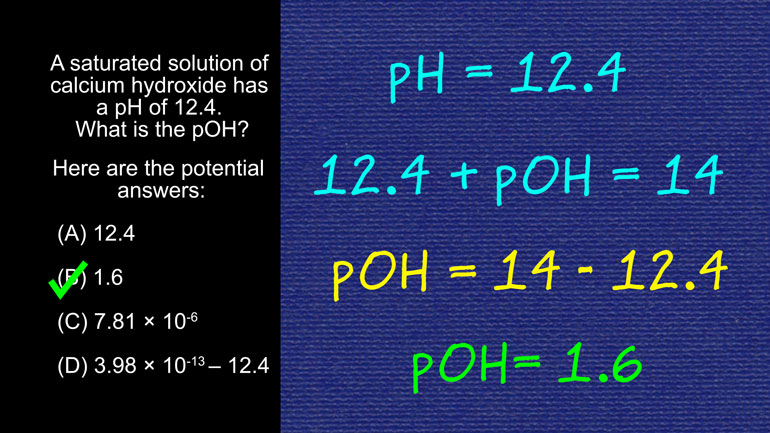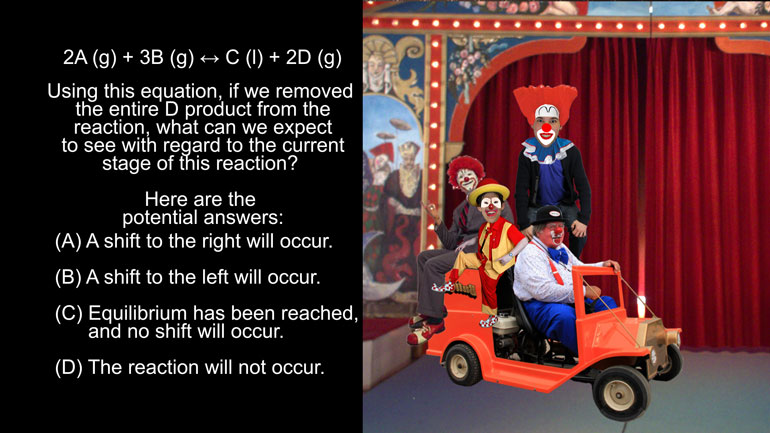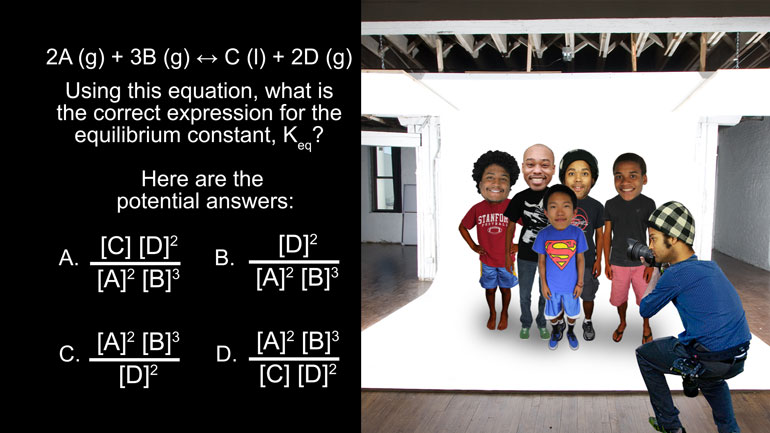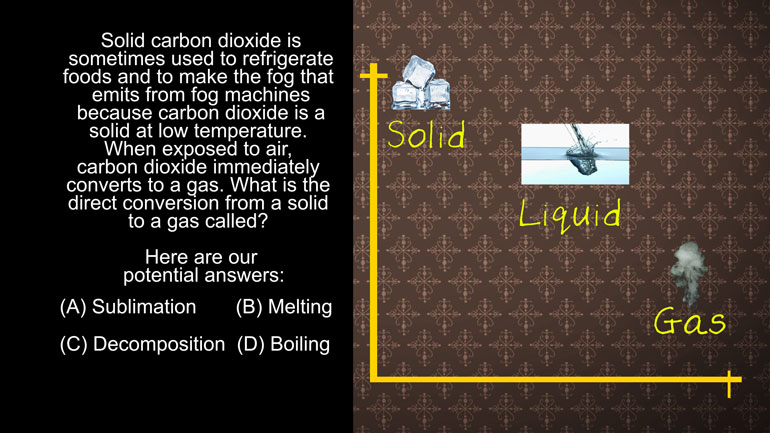ShmoopTube
Where Monty Python meets your 10th grade teacher.
Search Thousands of Shmoop Videos
AP Chemistry Videos 45 videos
AP Chemistry 3.5 Chemical Reaction Rates. How much 85Kr will we need to collect?
Want to pull an Oliver Twist and ask us for more? We've gotcha covered. Head over to /video/subjects/test-prep/ap/ap-chemistry/ for more AP Ch...
AP Chemistry 1.3 Forming and Breaking Bonds. Which of the following ions are spectator ions?
AP Chemistry 1.2 Chemical Elements are Building Blocks 297 Views
Share It!
Description:
AP® Chemistry: Chemical Elements are Building Blocks Drill 1, Problem 2. Using this table, which of the following is an isotope of Atom 1?
Transcript
- 00:03
Here's your shmoop du jour, brought to you by Neutrons. Not just Jimmy -- the entire Neutron family.
- 00:10
Here's a table showing the number of protons and neutrons in six different atoms.
- 00:14
Using this table, which of the following is an isotope of Atom 1?
- 00:21
And here are your potential answers...
- 00:25
So... the only thing we really need to know to answer this question is...
Full Transcript
- 00:28
...what's an isotope?
- 00:30
Maybe we've heard of carbon-14... a form of carbon
- 00:33
that helps scientists find the age of formerly living things...
- 00:36
...like dinosaurs, which are totally cool...
- 00:41
...through radioactive dating.
- 00:43
Carbon-14 is an example
- 00:44
of an ISOTOPE of an element. An isotope of an element is something that
- 00:48
has the same atomic number as the element does on the periodic table,
- 00:55
but a different number of neutrons.
- 01:05
The atomic number on the periodic table is also equivalent to the number of protons,
- 01:10
or positively charged particles, an element has...
- 01:15
Really...the number of neutrons doesn't matter too much...it's "neutral," after all...
- 01:19
So for this question, we're looking for an isotope of Atom 1...or in other words, the
- 01:24
atom that has the same number of protons but a different number of neutrons.
- 01:28
And what do you know... only Atom 3 fits the parameters. So our answer's A.
- 01:32
As in, "Atom's apple."
Related Videos
AP Chemistry 1.3 Chemical Reaction Rates. What is the overall order of the reaction?
AP Chemistry 1.4 Chemical Reaction Rates. What are the correct units for a second order rate constant?
AP Chemistry 1.5 Chemical Reaction Rates. What is the rate law for the reaction?
AP Chemistry 3.2 Laws of Thermodynamics. What is the value for ΔG?

